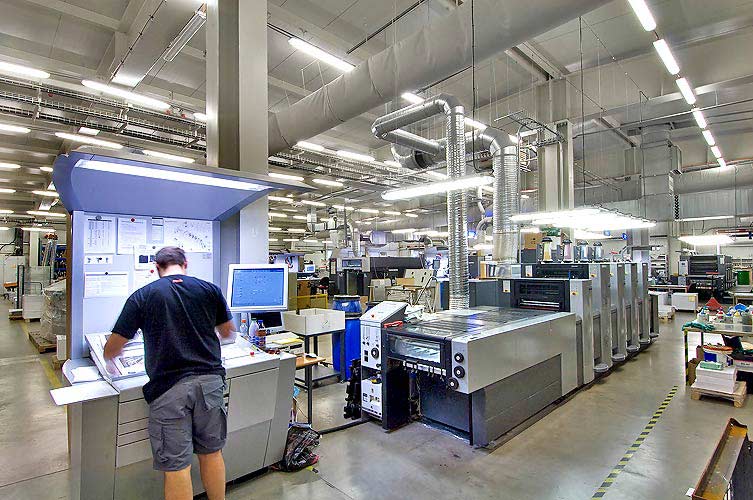Dealing with banding issues in offset prints can be a challenging task, especially for marketing professionals who rely on high-quality print outputs. Understanding how to fix banding in offset prints is crucial to ensuring that your printed materials meet the desired standards. In this guide, we will explore the various causes of banding and provide effective solutions to tackle this common printing problem.

Understanding Banding in Offset Printing
Banding refers to the unwanted lines or streaks that appear across the print surface, disrupting the smooth gradient and overall print quality. It is a common issue in offset printing and can significantly affect the visual appeal of your printed materials. Identifying the root causes of banding is the first step towards finding a solution.
Causes of Banding in Offset Prints
There are several factors that can contribute to banding in offset printing:
- Ink Density Variations: Uneven ink distribution can lead to noticeable banding, particularly in areas with large color gradients.
- Mechanical Issues: Problems with the printing press, such as worn-out rollers or misalignment, can cause banding.
- Paper Quality: Using low-quality paper can result in uneven ink absorption, leading to banding.
- Environmental Factors: Temperature and humidity fluctuations in the printing environment can affect ink drying and cause banding.
Solutions to Fix Banding in Offset Prints
Once you have identified the cause of banding, you can implement the following solutions to address the issue:
Adjusting Ink Density
Ensure that the ink density is consistent across the print surface. Adjusting the ink settings on the printing press can help achieve a more uniform ink distribution, reducing the appearance of banding.
Maintaining Printing Equipment
Regular maintenance of the printing equipment is essential to prevent mechanical issues that can lead to banding. Check and replace worn-out rollers, and ensure proper alignment of the printing components.
Using High-Quality Paper
Opt for high-quality paper with good ink absorption properties to minimize banding. Investing in premium paper can make a significant difference in the final print output.
Controlling the Printing Environment
Maintain a stable printing environment by regulating temperature and humidity levels. This helps in achieving consistent ink drying and reduces the risk of banding.
Advanced Techniques to Prevent Banding
For more persistent banding issues, consider implementing advanced techniques:
Calibration and Profiling
Calibrate your printing equipment regularly and create custom profiles to ensure accurate color reproduction and minimize banding.
Experimenting with Screening Techniques
Try different screening techniques, such as stochastic screening, to reduce the visibility of banding in prints. These techniques can help achieve smoother gradients and improve overall print quality.
Consulting with Printing Experts
If banding persists, consider consulting with printing experts who can provide specialized solutions tailored to your specific printing setup.
Conclusion
Addressing banding issues in offset prints requires a comprehensive understanding of the underlying causes and the implementation of effective solutions. By adjusting ink density, maintaining printing equipment, using high-quality paper, and controlling the printing environment, you can significantly reduce the occurrence of banding and achieve high-quality print outputs.

FAQs
What is banding in offset printing?
Banding refers to the unwanted lines or streaks that appear across the print surface, affecting the smooth gradient and overall print quality in offset printing.
How can I prevent banding in offset prints?
To prevent banding, ensure consistent ink density, maintain printing equipment, use high-quality paper, and regulate the printing environment.
What should I do if banding persists?
If banding persists, consider consulting with printing experts who can provide specialized solutions and advanced techniques to address the issue.
For more information on offset printing, visit Wikipedia or learn about how offset printing works.
This article contains affiliate links. We may earn a commission at no extra cost to you.






